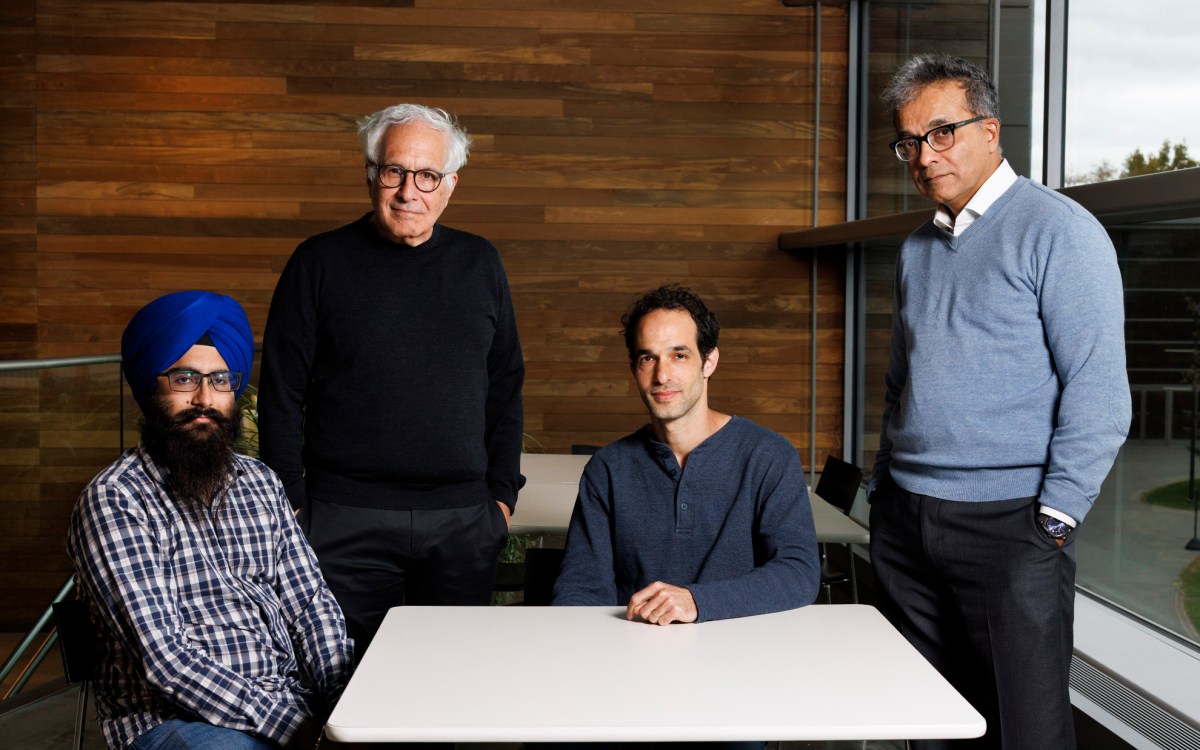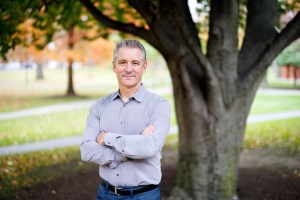Saving plants that may save us
Researchers preserve exotic plants with medicinal benefits
One particular discovery highlights the importance of facilities like the Harvard Herbaria and Arnold Arboretum in storing and preserving the important information found in plants. An extract of a small tree in the Bornean forest called Calophyllum stopped AIDS, but when researchers rushed back to the site where it had been collected, the tree had already been cut down. Researchers took samples from Calophyllum trees nearby, but extracts made from those trees proved ineffective against the AIDS virus. To solve the mystery, researchers called on the Harvard Herbaria, which had a preserved sample from the original tree. Once they knew what they were looking for, scientists found living specimens of the right Calophyllum variety in the Singapore Botanic Garden. Sure enough, an extract proved effective against the AIDS virus. Scientists routinely send dried specimens of different plants they’ve collected for cataloging and storage to the Herbaria. This creates a well of information that scientists can dip into, examining or testing a specimen firsthand rather than reading about it in a textbook.





